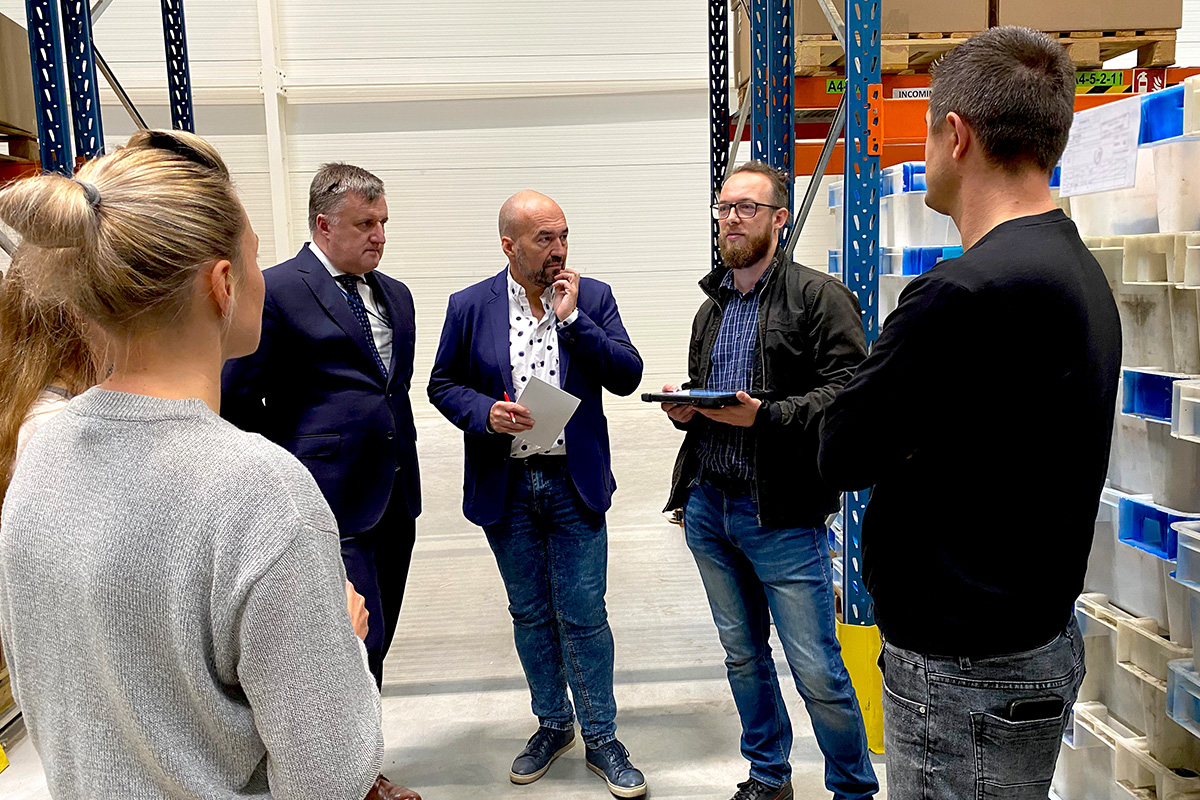Key information:
Recent years have been characterized by a surge in the popularity of WMS systems. We are dealing with two scenarios here. The first is deployments in organizations where such a solution had not previously been in place. The second talks about replacing the current system with a larger, more efficient one that is ready to work with warehouse automation components.
In this article, we will tell you how a standard implementation project goes, how long it can take, and which elements of the implementation are the most challenging.

Every WMS implementation is different, but it's worth using the best models.
HKK Group has completed dozens of WMS implementations over the past fifteen years from Poland to the US to Israel. Our clients include giants of global logistics, but also smaller, domestic companies with high growth potential (this growth is often accelerated by the application of our solutions).
The experience we have gathered and the application of the ATOM implementation methodology (based on the PRINCE 2 project management theory) have allowed us to create standardized implementation models that, on the one hand, take into account industry specifics, and on the other hand, guarantee project implementation in the shortest possible time.
What is the implementation of a WMS according to the assumptions of our methodology? The project is divided into four phases.
Assess-Analysis
This is the moment when analysts get to know the customer’s specifics and requirements. It is at this point that the implementation team is formed, whose members will decide on the shape of the WMS class system to be implemented.
Transform
Translation of theoretical functional assumptions into the language of the system. In this phase, solutions are created to streamline logistics processes so that the customer’s expectations are met in the most modern way possible and in accordance with best practices.
Ownership
This is the stage of personalizing the WMS to the specific circumstances of the project. We are mainly talking about linking the WMS with external systems (ERP, courier systems, warehouse automation management systems).
Measure
The final stage, during which the production launch of the system takes place. It is also possible to determine whether the design assumptions have been met and to create a possible plan for changes if the warehouse situation shows deviations compared to the state assumed as the implementation basis.
How long does it take to implement a WMS?
What are the main implementation risks?
Our experience gained during numerous implementations allows us to conclude that a WMS implementation can be completed within three months. Such an ambitious deadline requires intensive cooperation with the customer’s representatives, who know best what their business is all about and what goals are set for the WMS implementation.
However, the implementation timeline may extend if interfaces need to be created with external systems that do not rely on the standard communication protocols supported by our WMS systems. It is the data exchange interfaces that we believe are the most time-consuming part of a warehouse management system implementation to create and test.


Is a WMS alone enough?
A WMS cannot work without properly selected automatic identification equipment and a properly labeled warehouse. If we want to take advantage of the benefits of barcode, 2D code, or RFID technology, we need to be equipped with barcode readers, data collectors, or label printers.
On the side of preparing the warehouse infrastructure, it is necessary to properly label the high-bay racks with location labels so that the system guides users flawlessly from location to location.
A consistent ecosystem of your warehouse is a guarantee of efficient and error-free operation.






